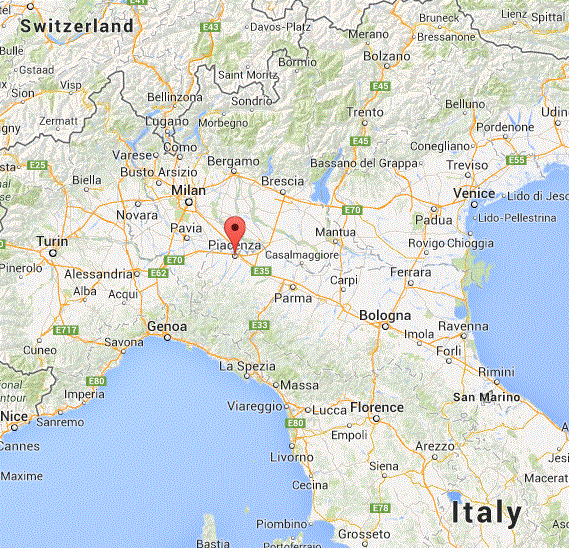Homo erectus image on an Acheulean scraper interpreted by Ken Johnston
This Acheulean scraper I noticed in a French Paleolithic tools collection (Calvados, Normandy, West of Paris Basin, est. 550,000 to 300,000 years BP) must be considered for a possible early human facial profile in retouch work on the flint made on a "head-with-neck" shaped stone.
As rock art scholars Robert Bednarik, John Feliks and James Harrod have demonstrated, collecting and creating rock material with meaningful visual properties was well under way by hominins hundreds of thousands of years ago. The capacity for symbol, language, ideological constructs and religion may be observed from nearly two million years ago. The concept of a "human cognitive and creative explosion" around 35,000 years ago is now fully refuted by archaeological evidence presented by these gentlemen. It is time for archaeologists, museums and collectors to re-evaluate even their oldest lithic samples for iconic properties like seen in this example.
What may appear to be "an ordinary tool" may reveal more information to archaeologists when they consider the possibilities of artistic visual properties which have been forsaken to date.










.jpg)













.jpg)






.jpg)

